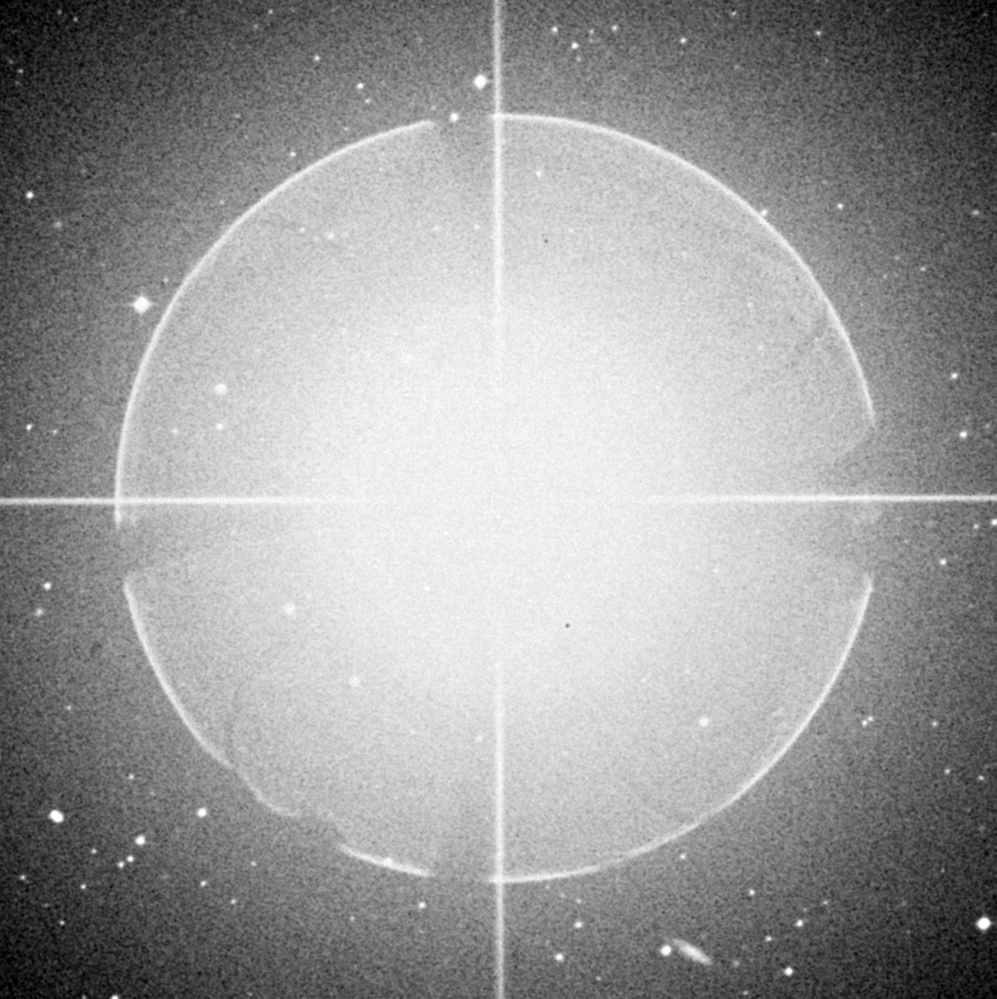In early April there are signs in the sky that spring really will weigh in again, no matter what the snowbanks are or are not doing, as is the case this year.
In my backyard, much of the southern sky is walled off by evergreen trees. This has the disadvantage of blocking out a lot of stars you can otherwise see over an unobstructed horizon. But it also has the advantage of creating a frame of pointed firs that stars and constellations circulate through, season after season, year after year. By around 10 p.m. in April, the constellation Leo, whose main outline looks like a sort of flattening anvil of four relatively bright stars, sits neatly in a nook of treetops. The brightest star is Regulus, at the lower right corner. Its name is derived from a long line of ancient designations indicating royalty, or kingship.
Climbing up in the east after Leo is Virgo, or the Virgin, whose meanings also reach deep into antiquity and, as it turns out, my own mind of winter.
Virgo has ascended my treetops by around midnight in early April. The lesser main stars in the constellation are around magnitude 3, so its outline is not striking. But you can readily find its brightest star, Spica, by looking northward to the Big Dipper and tracing from the handle a slightly angled line to the next bright star, reddish Arcturus, and continuing southward to Spica, which is a pretty bright star at just about magnitude 1. (The lower the number, the brighter the star.) You can find it easily this year because it’s just south of Mars, which right now is glowing red-orange at magnitude minus 1.5.
Spica is a very large star — two stars, actually, orbiting within about 11 million miles of each other — 250 light-years away. The larger of the two shines in its vicinity of space with roughly the luminosity of 12,100 suns.
Spica is Latin for ear of wheat. The constellation figure of Virgo is holding this ear of wheat — Spica — in her left hand.
As with most star names, this picture goes far back. The Greek name was Stachys, also meaning ear of grain. The Arabic was Sunbala, from a phrase meaning sheaf of wheat. This association of Spica with an ear of grain goes back into Babylonian and Sumerian times, more than 3,000 years ago and probably more.
The ear of grain is a metaphor carrying the whole constellation’s ancient association with innocence and virtue. This sense of innocence was associated, in turn, with maidenhood, and the grain metaphor came into play because depicting a human figure — particularly in Middle Eastern cultures — was forbidden, especially, perhaps, in the stars. The grain also implied, quite naturally, an association with the spirit of the harvest, since later on, in autumn, Spica disappears from the sky just as the farmers are reaping the summer’s crops.
If you remember your Greek mythology, you know that Demeter was the goddess of the harvest (the Romans called her Ceres — note our word “cereal”), and Demeter’s daughter, Persephone, got tangled up in a dispute with Hades, the god of the underworld, which was settled by Persephone spending half the year underground with him — winter — and half the year above — summer. Spica, the ear of grain, starts to grow up in the sky again in spring, after its winterlong absence, a sign the spirit of summer is returning.
In Greek, the Horae, or Seasons, were the three sisters Dike (Justice), Eunomia (Order) and Eirene (Peace). Some Romans referred to Virgo as Pax, Peace, and around the same time the constellation was associated with Astraea, the goddess of justice, with her scales in the neighboring constellation Libra.
It seems, somehow, only fair that the snowbanks finally start receding after the long, harsh cold and dark. The sun climbs higher. Your mind of winter slowly thaws with the snowbanks. Spring grips down and begins to awaken with a kind of innocence. The stars frame out the natural justice of the seasons, so in April, Virgo makes her way up over the evergreens again. By May, Spica will be in full star bloom up there, poised among the spike-topped trees like an inflorescence of wheat.
Dana Wilde lives in Troy. His writings on the stars and planets are collected in “Nebulae: A Backyard Cosmography,” available online and by writing to him at naturalist@dwildepress.net. Backyard Naturalist appears the second and fourth Thursdays each month.
Send questions/comments to the editors.




Comments are no longer available on this story